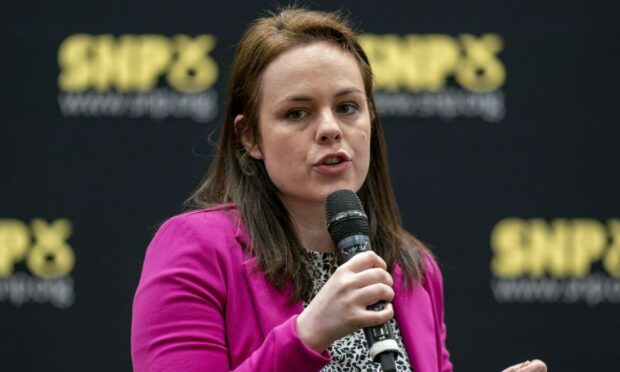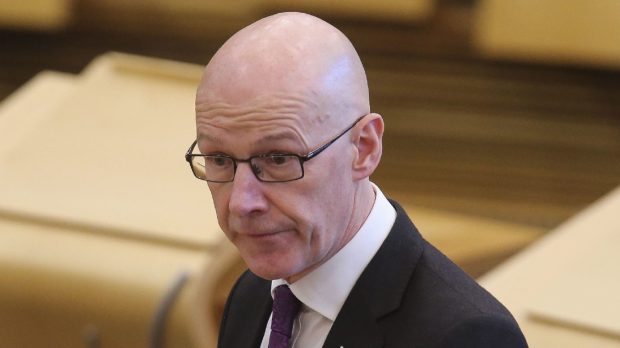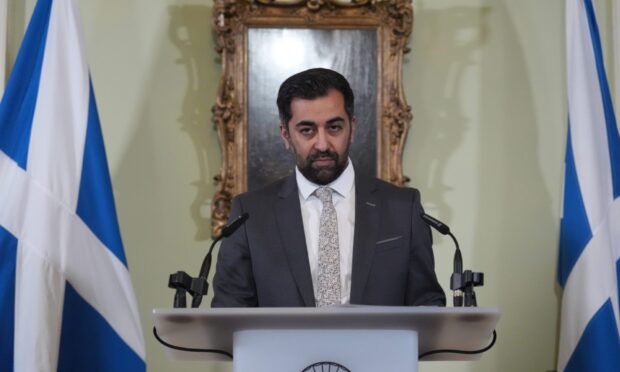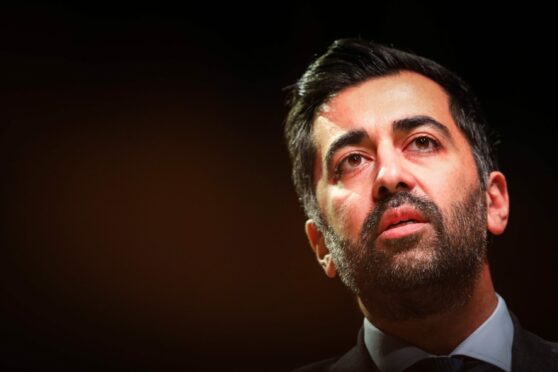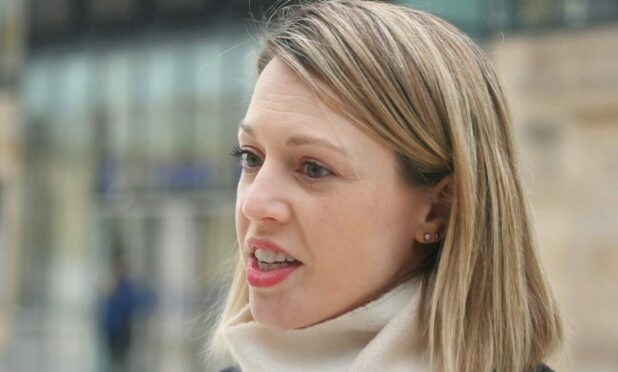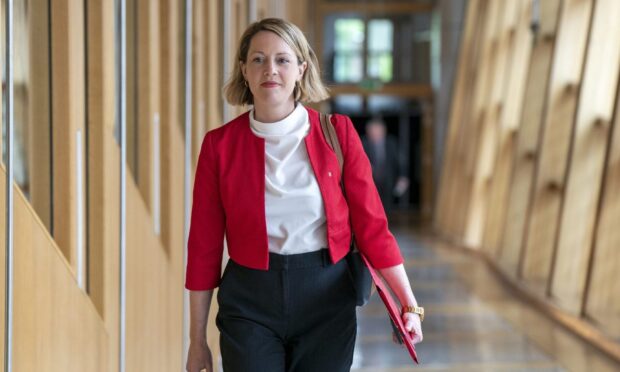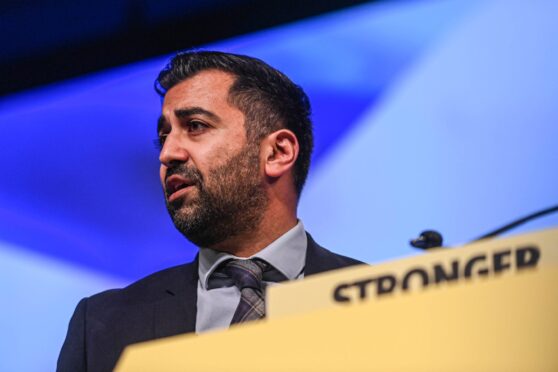A deadly virus could be wiped out in Tayside within four years, says a Dundee professor.
John Dillon, who is a Ninewells consultant, said it would take just £176,000 a year to eliminate Hepatitis C by increasing the number of patients treated in Tayside by 182%.
Those who inject illegal drugs are most at risk of contracting the blood-borne virus, which attacks the liver.
Prof Dillon, a hepatology expert, told MSPs: “In Tayside we are trialling a model where we will dramatically increase the number of people who are actively injecting drugs who have Hep C that we will treat.
“We will bring the prevalence in that population down from about 30% down below 10% which means transmission will fall from 5%-10% down to below 1% and that would lead to the extinction of the virus.
“We think we can achieve that over two or three years.”
He said stopping new transmissions by treating injecting drug users without waiting until they go on to drug-recovery schemes such as methadone programmes or rehabilitate means focus can then switch to treating older more stable people with the virus.
He added: “You can then move to a situation where Hepatitis C is eliminated in Tayside potentially in four years’ time.”
A study by The Hepatitis C Trust said the cash injection at Tayside would increase the number of patients treated every year from 170 to 480.
The authors of the report, which is called Eliminating Hepatitis C in Scotland, said the £176,000 annual cost is a “tiny figure when compared with the long-term savings”.
It added: “While this figure is specific to NHS Tayside, where testing, case finding and community delivery are already well developed, the cost-effective nature of investing for elimination is apparent, even allowing for higher costs in other health boards.”
A group of MSPs from all Holyrood’s parties have vowed to “renew our political will” to tackle a public health issue that “disproportionately affects some of the poorest and most marginalised groups in our society”.
Scotland has been set a target by the World Health Organisation to eliminate Hep C by 2020.

